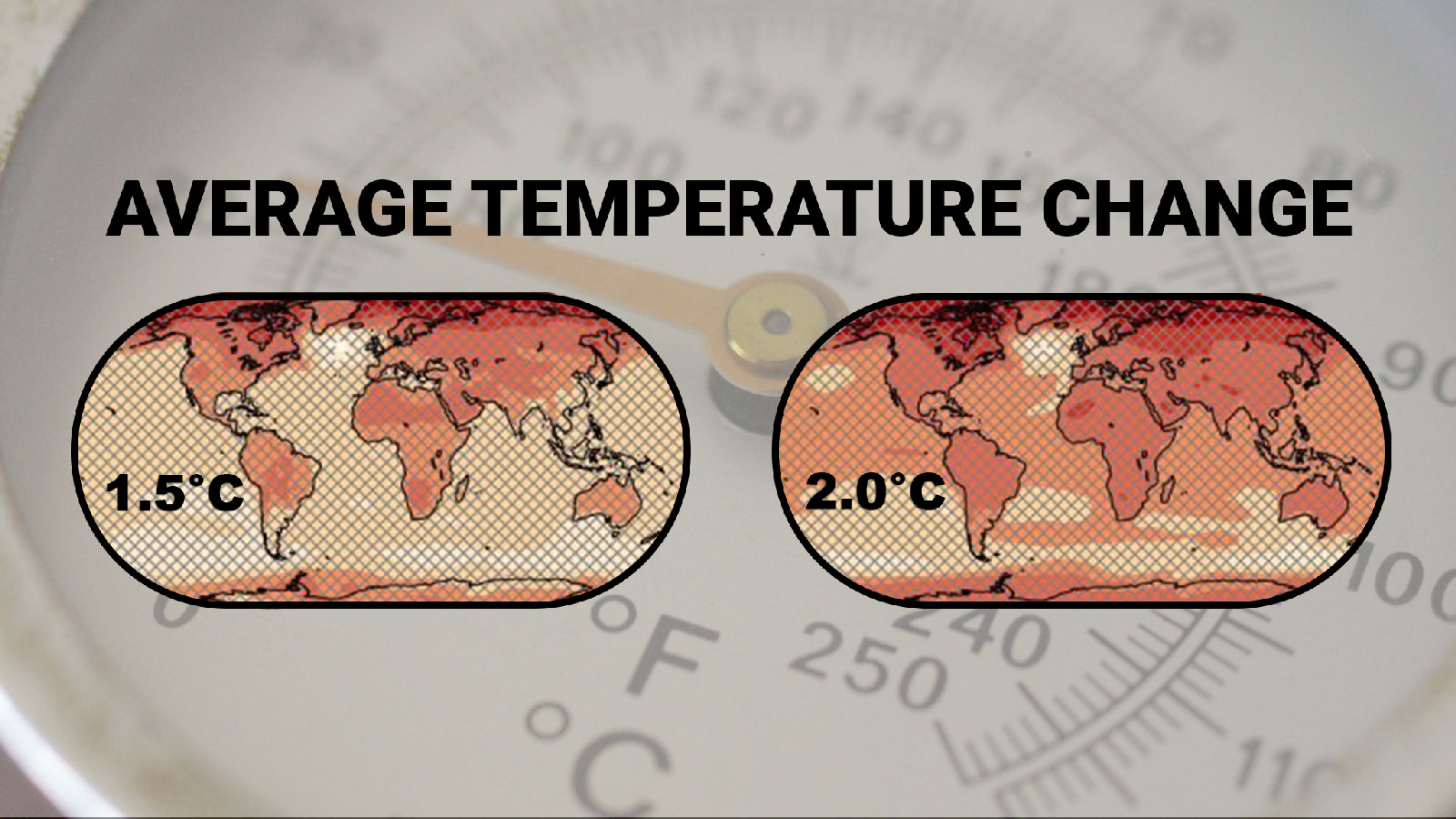Those paying attention to international climate negotiations are familiar with the emphasis on degrees of global warming.
The hoped-for or “aspirational” goal is to keep the average temperature rise above pre-industrial times to 1.5º C; the “official” goal is for no more than 2º C; 3º C is not out of the question; and 4º C or 5º C or 6º C are plain terrifying.
What do these numbers mean in practical terms? (Keep in mind that each degree Celsius is 1.8 degrees F.)
If you have time for just one quick piece, this is a good overview from Lauren Sommer at NPR. It includes an especially understandable chart about extreme heat waves.
Given the latest pledges and analyses (as of the November 2021 COP26 meetings in Glasgow), where are we most likely to end up? It’s a complicated picture made much more understandable by an excellent and thorough account from Carbon Brief.
Carbon Brief also has a useful interactive site about the impacts of 1.5, 2, and more than 2º, though everything over 2 is combined into one relatively sparse column.
For a few informative maps, look at the 2021 IPCC report’s Summary for Policy Makers. The section on future warming, which starts at page 15, boils down to these two sentences:
- “Many changes in the climate system become larger in direct relation to increasing global warming”; and
- “Projected changes in extremes are larger in frequency and intensity with every additional increment of global warming.”
NASA explains some of the reasons it’s hard to offer a simple story matching temperatures with impacts here. The opening graphic (from Climate Central) is an enlightening bell curve of heating shifting to the hotter side.
With help from a special report published by IPCC in 2018, “Global Warming of 1.5º C,” it is easy to find information about the differences between 1.5 and 2º. Two especially good explanations are from NASA and from science writer Bruce Lieberman at Yale Climate Connections. The latter includes links to additional resources.
And what if the world warms by more than 2º C, as much as 3º? There’s as yet very little information about the span between these levels. But below are a couple of excellent accounts of what a 3º rise will mean.
Sherryn Groch and Nick O’Malley of the Sidney Morning Herald offer a vivid description of changes to expect in Australia, based on a report from the Australian Academy of Science.
And The Economist (where climate coverage has become quite strong) provides an excellent and very thorough briefing, “Three degrees of global warming is quite plausible and truly disastrous.” It’s not a light read, but it’s very informative, well worth the time and the small effort it takes to sign up for several free reads per month. You can watch the 16-minute video that accompanies this story on YouTube without having to sign in.
Finally, for a readable, book-length exploration of likely impacts from warming at every degree level up to six, read Mark Lynas’ 2020 Our Final Warning: Six Degrees of Climate Emergency (an update of his 2007 book). Here is a review by physicist and historian Spencer Weart in Yale Climate Connections.
This series is curated and written by retired Colorado State University English professor and close climate change watcher SueEllen Campbell of Colorado. To flag works you think warrant attention, send an e-mail to her any time. Let us hear from you.
Source link


